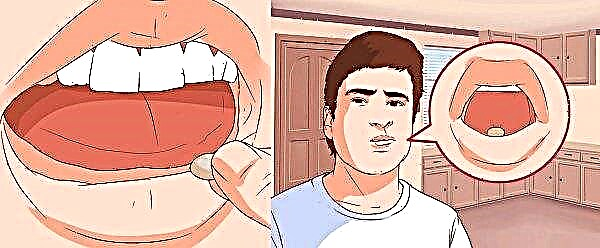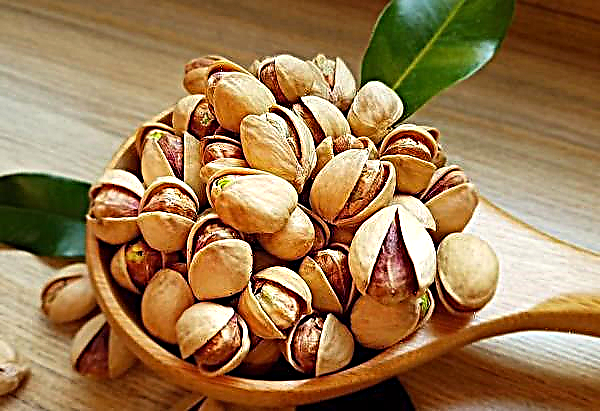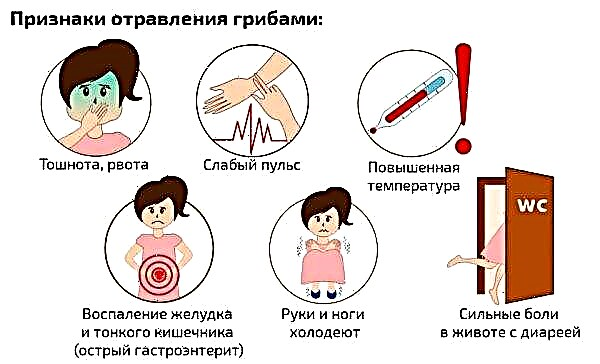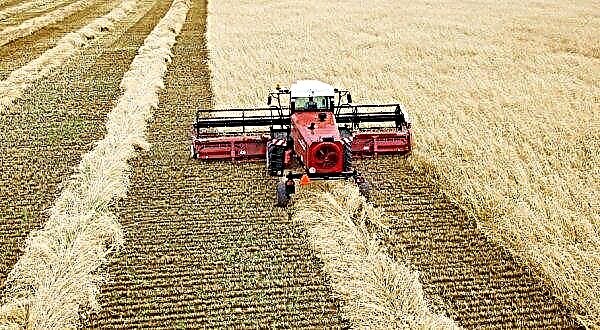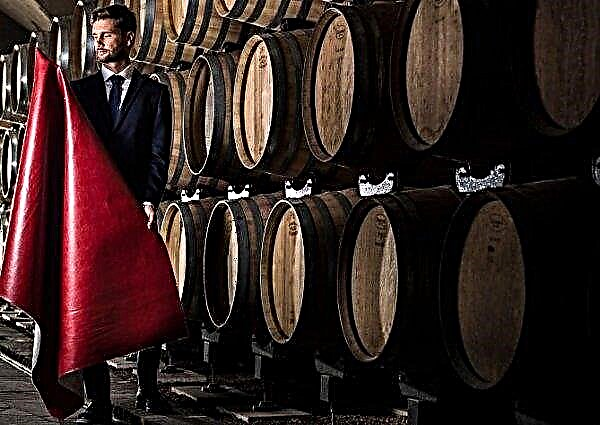If the family lives in a private house for a long time, then over time the question arises of adding additional living space in the form of a veranda. In this case, the construction of aerated concrete or foam block will be the best option, since they are not only durable, but also lightweight and cellular. This article provides all the advantages and disadvantages of these materials, as well as a detailed work plan.
Types of verandas from aerated concrete or foam blocks
At first glance, annexes made of these materials seem very simple. In fact, before their construction it is necessary to clearly determine the appearance of the veranda and only then develop the project, calculate the costs and proceed with the direct design. Since the characteristics of aerated concrete and foam blocks are quite similar due to production technology, the construction process is also not much different.
If we generalize the classification of extensions to the house, then they can differ in the following ways:
- Location - the veranda may be angular, end or front depending on which side it adjoins the residential building.
- The form - experts say that this type of extension can be performed both according to the standard (in the form of a rectangle), and with rounded edges or in general in the form of a polygon.
- Type of foundation - the veranda can be built with the house (built-in) or adjoin it if necessary (attached).
- Degree of closure - the room can be designed for use all year round (with a roof, walls and insulation) or can be built as a summer terrace (without solid walls, but only with supports).
Did you know? In ancient times, the population did not have the opportunity to use synthetic materials in construction, since they simply did not exist. In order to increase the degree of conservation of heat or strength, salt, spruce cones and even cow wool were used.
Design and Drawing
Before you begin the process of adding the veranda to the apartment building, you should decide what size the extension will be. To do this, a project is created with a drawing of the future building, in which the width and length of the room, as well as its total area, are clearly marked. Without a ready-made plan, it is quite difficult to make an even foundation and establish a frame without errors and deviations in degrees. At this stage, the number of building materials is calculated with an indication of their total price. Also, the owner of the house should take care of such nuances as the type of fastening of the veranda to the house, the location of windows and doors in the extension, as well as the need to dismantle individual parts of the roof over the main part of the house.
At this stage, the number of building materials is calculated with an indication of their total price. Also, the owner of the house should take care of such nuances as the type of fastening of the veranda to the house, the location of windows and doors in the extension, as well as the need to dismantle individual parts of the roof over the main part of the house.
Necessary materials and tools
During the construction of the building, it is worth stocking up with a hacksaw for cutting gas or foam blocks, a screwdriver, a hammer, a level, a sledgehammer, a tape measure, as well as a shovel and a plumb line. As for the materials themselves, they may differ depending on the chosen construction project.
But the standard list always includes:
- fittings;
- sand and gravel, piles and metal rods to create the foundation;
- adhesive solution;
- mineral plaster;
- aerated concrete or foam blocks;
- roofing material: tile or slate;
- boards for creating formwork and rafters.

Step-by-step instructions for building a veranda attached to the house
When the project is ready, and it was also possible to select all the necessary materials and tools for construction, you can proceed to the phased implementation of the work. At the same time, special attention should be paid to the condition of the soil, so that when building the foundation there will be no problems with quicksand or the proximity of groundwater. In total, you can construct an extension to the house yourself, without any special knowledge. The main condition for this is the strict observance of the rules of construction.
Foundation pouring
When the project is fully completed, you can proceed to the filling of the foundation. At the same time, it should be the same as under the main part of the house. If the material under the veranda and the living area is different, a deformation seam will soon occur at the junction. In order to study the horizon, you can make a small dig - a pit 1 × 1 m in size. If you have any doubts or concerns, it is best to consult with a team of specialists.
When completing an extension, it is best to use one of the following foundation types:
It is important to consider that the foundation pit under the veranda should be the same in depth as the intended recess under the main part of the house. This will help in the future to avoid instability of the base and movement of structures in relation to each other.
Important! When the foundation is ready, its waterproofing is a must. This will help to avoid the accumulation of groundwater on the surface of the floor covering and, as a result, the destruction of the extension.
Wall construction
When constructing the box, it is very important to use jumpers. In the case of the veranda, U-type samples are more suitable, since they are as light as possible and do not additionally affect the foundation. With their use, it is easy to make openings up to 1.5 m. In this case, blocks of the required length are initially installed, then formwork is installed with the installation of fittings in the foam block posts. When this stage is completed, the jumpers themselves are executed, the essence of which is to fill the resulting structures with concrete (it must be further leveled and compacted). It is also worth taking care of the presence of an arm belt, which will protect the walls from cracking and additionally strengthen the building from light material. The construction process of this design is similar to the implementation of jumpers.
When this stage is completed, the jumpers themselves are executed, the essence of which is to fill the resulting structures with concrete (it must be further leveled and compacted). It is also worth taking care of the presence of an arm belt, which will protect the walls from cracking and additionally strengthen the building from light material. The construction process of this design is similar to the implementation of jumpers.
Roof
When the reinforced belt is ready, you need to wait 2-3 days and proceed with the construction of the roof. During this time, the concrete will dry out and harden as much as possible. In order not to overload the block extension, it is best to use a wooden frame as an overlap. The only nuance in this case will be the additional treatment of all structures with a means of protection against decay, fire and pests. Also, slabs from the same aerated concrete are often used. In most cases, a metal tile is purchased as a flooring, although in some cases slate is used.
Did you know? The Great Wall of China - the greatest structure on the planet with a long history - was built using a solution, in which a significant part was rice porridge.
To roof the veranda close to the apartment building, you must adhere to the following instructions:
- Install support beams around the perimeter of the veranda.
- Cover them with a layer of wooden boards and cover the structure with an overlap ruberoid (up to 15 cm).
- Next, the roof needs to be expanded with expanded clay. At the same time, a slight slope must be observed so that all precipitation flows directly into the drainage system.
- Now all parts of the roof need to be filled with concrete. It is best to do this in one day, which will significantly improve the quality of work and prevent a difference in the structure of the structure.
- When the concrete is poured, it is necessary to compact it additionally. This can be done manually or using technology. When performing work, it is extremely important to monitor the state of the ruberoid mesh: it should not slip or change its position, otherwise cracks will appear on the roof.
- Upon completion of these works, the concrete should be tightly covered with a film for 3-4 days until completely dry. This will help prevent the rapid evaporation of moisture and temperature differences. Thanks to the complex of these actions, the concrete does not crack and will remain solid.
- After drying of the structure, the final screed and installation of the installation carpet are carried out. Now it remains only to lay on the prepared blocks a metal tile or slate in order to improve the appearance of the room.
 For reliable fixation of the roof to the extension of aerated concrete or foam blocks, various types of fasteners are used, among which:
For reliable fixation of the roof to the extension of aerated concrete or foam blocks, various types of fasteners are used, among which:
- steel wire - provides structural strength and is a cheap building material, but over time, under the influence of wind and rain, it can rust, stretch and break;
- anchors - their fastening to the arm-belt allows you to reliably fix the entire structure in the upper part, but it is a very time-consuming and time-consuming process that requires additional costs;
- chemical anchor - A simple and cheap method of fixation, in which there is practically no mechanical clearance, but the fastening is less reliable, and you can only dismantle it together with part of the unit.
Connection to the house
When designing an extension to a residential building, it is very important to attach its walls tightly. To do this, it is recommended to use fittings.
To make the connection as strong as possible, you should adhere to the following algorithm:
- In each 3 row of the wall of the veranda made of a foam or gas block, small ditches (3 × 3 cm) are drilled, the depth of which should not exceed 4-5 cm.
- Reinforcement is firmly inserted and fixed in these holes, after which it is poured with concrete or special glue.
- The same hole is drilled in the bearing wall of the house where the second end of the reinforcement bar is inserted and also poured with concrete. Thus, it is possible to avoid subsidence of the veranda and hold it in relation to the level of the apartment building.

Annex building
For finishing the veranda from block materials, light mineral cement-based plasters are perfect. Their main difference from traditional mixtures is the type of sand used: instead of quartz, light perlite filler is added to the composition.
Due to this, the finishing layer has less load on the walls and has a high degree of vapor permeability and heat preservation. Experts also recommend using this particular type of plaster, as it is quite resistant to cracking and other mechanical damage.
Important! During finishing it is very important to observe a constant temperature regime and to prevent drying or freezing of the finishing layer. Otherwise, cracks will quickly appear on the surface of the walls.
There is a certain order of wall decoration with a mineral mixture:
- To clean the surface of the wall from dirt, level it with a mixture for laying blocks.
- Using a grater and a brush, remove irregularities after drying of the reinforcing solution.
- Apply a lower layer of plaster using a trowel.
- Lay out the plaster grid, straighten it and press it into the un-dried mortar.
- Apply a second layer of plaster to the wall, level with a trowel. Wait for the wall to dry.
- Apply the last thin coat of finish and smooth it with a grater, giving the surface the desired structure.
- After the facade has completely dried, paint it with a special paint for exterior work.

Advantages and disadvantages of the veranda of foam blocks
If you decide to attach a terrace of foam blocks, combining it with the main part of the house, it is worth paying attention to some features of this material.
- The benefits include:
- no need to additionally insulate the room;
- relatively high speed of the construction process compared to other materials, such as wood or brick;
- the presence of special building skills is optional (the material can be cut even with a regular hacksaw);
- low cost of material;
- the ability to carry out work even in wet weather conditions, since the material does not absorb water.
- Also, the foam block has its drawbacks, among which:
- the inability to use heavy roofing structures, only flexible tiles or bitumen slate will do;
- high rate of shrinkage;
- surface heterogeneity, low strength indicators.

Pros and cons of aerated concrete construction
- When building a veranda from aerated concrete, attention should be paid to such advantages of this material:
- homogeneity of the material and its stability over the entire surface;
- high strength and noise insulation of the structure, since the blocks are produced in autoclaves;
- low rates of shrinkage of the material under the influence of external factors;
- fire resistance.
- With regard to the shortcomings of aerated concrete construction, they include the following characteristics:
- the need for waterproofing the walls through plastering and painting due to the strong absorption of moisture.
- low level of thermal insulation in comparison with foam block constructions.
 If you carry out all construction work in strict order and in accordance with the project, as a result you will get a solid extension of aerated concrete, connected to the house. If you feel that individual steps cannot be completed alone, you can use the services of a professional team, for example, at the stage of pouring the foundation or erecting walls.
If you carry out all construction work in strict order and in accordance with the project, as a result you will get a solid extension of aerated concrete, connected to the house. If you feel that individual steps cannot be completed alone, you can use the services of a professional team, for example, at the stage of pouring the foundation or erecting walls.

